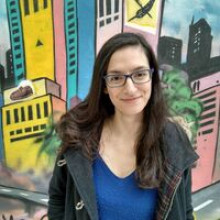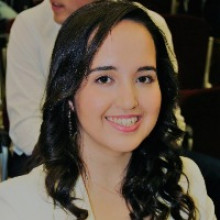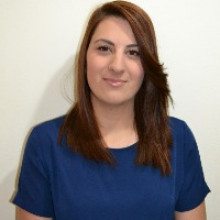
I am a technician supporting the Dynamics group of IESL-FORTH. I have expertise in information technology (IT), operation/maintenance of spectroscopic instruments and spectra analysis with statistical methods. I have created and maintain the internal network of the group and I'm assisting in any area needed, from experiments to repairs.
Position Description
Μη-γραμμική οπτική μικροσκοπία κρυσταλλικών υλικών
Για το πλήρες κείμενο της πρόσκλησης ακολουθήστε τον σύνδεσμο 'Related Documents'
Related Project
NanoRoll -Required Qualifications
- Πτυχίο Θετικών Επιστημών
- Μεταπτυχιακός Τίτλος (MSc) Θετικών Επιστημών
- Δημοσιεύσεις σχετικές με το αντικείμενο της θέσης
- Καλή γνώση της Αγγλικής γλώσσας (επίπεδο Lower)
Application Procedure
Στο φάκελο υποβολής της πρότασης θα πρέπει να εμπεριέχονται τα ακόλουθα:
- Αίτηση (form Greek στην αριστερή στήλη) με αναφορά στον κωδικό της θέσης
- Αναλυτικό Βιογραφικό Σημείωμα
- Ευκρινή φωτοαντίγραφα τίτλων σπουδών
- Πρόσφατη βεβαίωση σπουδών υποψήφιου διδάκτορα
ΥΠΟΒΟΛΗ ΠΡΟΤΑΣΕΩΝ
Οι ενδιαφερόμενοι καλούνται να υποβάλουν τις αιτήσεις τους και όλα τα απαραίτητα δικαιολογητικά, ηλεκτρονικά στη διεύθυνση hr@iesl.forth.gr με κοινοποίηση (cc): στον Δρ Εμμ. Στρατάκη (stratak@iesl.forth.gr). Οι αιτήσεις θα πρέπει να αποσταλούν με την ένδειξη: «Αίτηση στο πλαίσιο της πρόσκλησης εκδήλωσης ενδιαφέροντος με Α.Π. … και κωδικό θέσης … » (όπως αυτός αναφέρεται στον Πίνακα του Παραρτήματος).
Appointment Duration
6 μήνεςPosition Description
Fabrication and characterization of strain sensors based on inorganic and organic conducting materials.
For the full announcement, follow the link "Related Documents"
Required Qualifications
- BSc in Physics/Chemistry/Materials Science or relevant
- Specialization and hands-on training in a broad range of physical characterizations of materials
Application Procedure
Interested candidates who meet the aforementioned requirements are kindly asked to submit their applications to the address (hr@iesl.forth.gr), with cc to Dr Eleni Pavlopoulou (epavlopoulou@iesl.forth.gr).
In order to be considered, the application must include:
- Application Form (Form Greek or Form English to the left)
- Brief CV
- Scanned copies of academic titles
- University department certificate for enrollment in a master’s program
Appointment Duration
6 months








